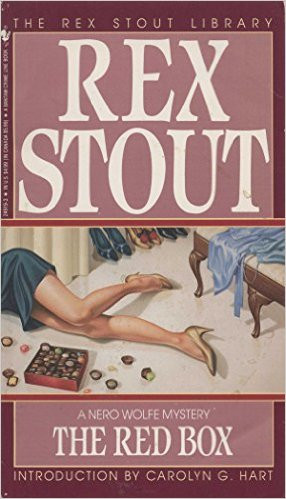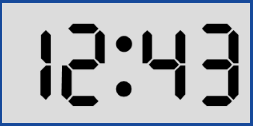Thinking and Language Ex Machina
I had an occasion recently to watch the new science fiction movie called Ex Machina. While the movie was okay there were some interesting points raised that are worth at least a brief commentary.
The story centers around a genius computer scientist/programmer/inventor (enough… you get the picture) by the name of Nathan. He’s some sort of strange mix between Elon Musk, Tony Stark, and Sergey Brin, who he most physically resembles and is clearly patterned after in terms of backstory. It seems that Nathan’s invented an artificially intelligent ‘woman’ by the name of Ava who he wants to subject to a Turing Test. However, no simply dialog version of the Turing Test is good enough for Nathan and he recruits a bright employee, by name Caleb (no one has a last name in this movie), from his multi-national company to administer a super version of the test. The problem is that Caleb can’t know the real nature of the test since Nathan wants to see if Ava can elicit a real emotional connection with Caleb. And thus begins a psychological thriller that starts with Nathan manipulating the interactions between Ava and Caleb and ends with the question of just who is manipulating whom. Overall the movie is mostly telegraphed and predictable, ending with the usual but unspoken admonition that there are certain things man is not meant to mess with – certain genies that once let out of the bottle are impossible to recapture. Nonetheless, a few ideas stood out as intriguing.
About a third of the way into the movie, Nathan takes to explaining some of the technical details to an eager Caleb – details on just how Nathan was able to model such a human looking Ava. The two major technical challenges discussed where making her speech natural and making her thinking adaptable. Nathan says he solved the natural language problem by eavesdropping on every cell-phone conversation and using all those data as a reference (perhaps by training a neural net – the fine points weren’t discussed). One the thinking front, he claims to have watched how web surfers travel through the World Wide Web.
Most of us expect that our journeys in cyberspace are quietly monitored by big-data marketers, salivating to see what we are interested in and thereby serve up those ‘customers who purchased x also purchased y’ prompts. What is tantalizing how the discussion in Ex Machina is the idea that Nathan wasn’t interesting in what they users were viewing on the web but how they were viewing the web. In other words, the patterns of clicks and views reveal more about how we think than what we think.
The discussion reminded me of a game I am fond of playing. There is no winning or losing. All that is required is for each participant to say a single word that comes into their min based on the word previously uttered. Obviously, someone starts with an arbitrary word but from then on it is link by link by link. Any player is allowed to challenge a word uttered by another player for an explanation on how it links with the previous word. Most players start reluctantly and soon join in with enthusiasm and I have found it to be a great way to gain insight on how friends and family think.
The technique that Nathan is discussing is like the game described above (it has no formal name) writ large. Analysis of how people link pages and images together is yet another facet of that ongoing debate over how much does language affect thinking versus how thinking affects language. Except in this context, the answers are no longing strictly couched in terms of philosophical arguments and mathematical hypotheses. Suddenly, with this subtle but significant shift in thought, new vistas open where linguistics can truly be tackled in an experimental framework. The possibilities are staggering.




